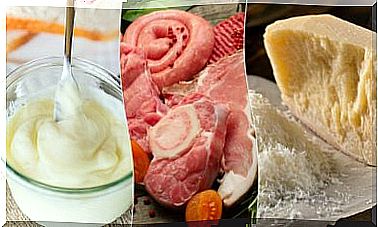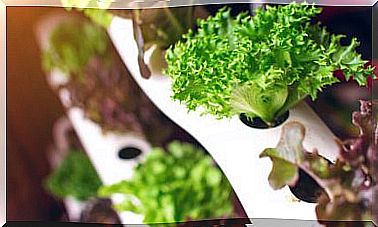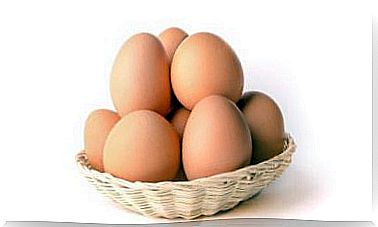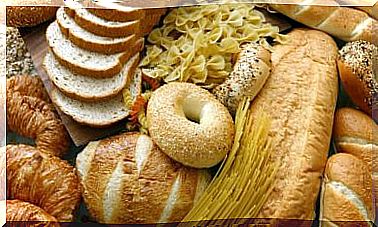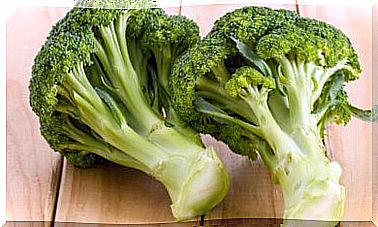Animal Protein And Plant Protein: What Are Their Differences?
From a biological point of view, foods of animal and plant origin belong to the same cell classification, known as eukaryotes. However, the chemical composition of their tissues is notoriously different, as evidenced by the type of protein and other substances that make them up.
The difference between plant or animal protein depends on the type and number of links that make up its protein chains, known as amino acids. In total, there are 20 required to fulfill all the functions. Of these, 9 are obtained only through diet.
Animal proteins contain almost all of them, while vegetable proteins have significant deficiencies. But, although the one of animal origin is more complete to synthesize the tissues and fulfill other functions in the body, the last tendencies on the consumption of healthy foods suggest limiting its consumption.
For what reason? An abundant intake of red meat, for example, seems to influence the prevalence of cardiovascular diseases, obesity and even cancer. So let’s see how the types of protein differ and some recommendations for optimal consumption.
Different origin, different proteins
In general, plants and animals have obvious differences. For example, at the level of their tissues, plant cells have a very rigid cell wall, made up mainly of indigestible carbohydrates such as dietary fiber. Instead, the animal cell is made up of a membrane rich in lipids and proteins.
According to Quesada and Gómez, in the Journal of Clinical Nutrition and Metabolism, animal proteins contain almost entirely the 20 amino acids that are required to fulfill their plastic and restorative function.
In fact, they provide about the 9 amino acids called “essential”, that is, those that must be ingested through the diet because the body cannot synthesize them on its own. Meanwhile, plant proteins provide fewer essential amino acids, although they can be supplemented in the diet.
Characteristics of animal protein
The structure of animal proteins is complex and will vary somewhat in composition according to the animal species. In the case of eggs, its protein is used as a reference, since they contain all the essential amino acids and, therefore, it is able to satisfy the requirements of children and adults.
Red and white meats, such as beef, sheep, pork, poultry, fish and shellfish, have protein values between 18% and 20%. Its amino acid content is well balanced. The limiting or essential that are in low quantity are phenylalanine, methionine and tryptophan.
Dairy products are also limited in sulfur amino acids, with the exception of whey. Milk seroproteins have a maximum biological value, similar to the reference protein.
The Digestibility Corrected Amino Acid Score (PDAACS) is used to assess protein quality. According to Quesada and Gómez, a maximum digestibility of 100 is considered when all the absorbed nitrogen equals that consumed.
Meats and fish score 94/100 and milk protein 95/100. Thus, they are classified as having good digestibility and quality.

What are the benefits of animal protein?
The consumption of animal protein has some benefits of nutritional and physiological importance that we will see below:
- Tissue synthesis: benefits the growth of hair, nails and the constant cell turnover of the skin and other tissues.
- Source of vitamins : it is an important source of B complex vitamins. Meat covers 70% of the B12 requirements in the diet.
- Source of minerals: milk protein is the main vehicle for highly absorbable calcium and phosphorus in the diet. Other minerals such as zinc and heme iron are also easily absorbed from animal proteins.
- Source of bioactive peptides : milk and meat protein can be degraded during digestion to form bioactive peptides. Some of these components have prebiotic, antimicrobial, immunomodulatory, antihypertensive, anticancer effects, among other properties.
What are the risks of consuming it?
As Mariotti points out in Advances of Nutrition magazine , the so-called “protein package” of foods of animal origin is accompanied by some components that are harmful to health. Let’s see what it is about below.
- Presence of saturated fat: the muscle fiber in red meat contains saturated fat, related to an increased risk of cardiovascular disease.
- High cholesterol content: red meat contains an excess of cholesterol that increases plasma levels and the risk of cardiovascular diseases.
- Increase in chronic diseases: consumption of meat protein can increase the risk of type 2 diabetes mellitus (T2DM) and high blood pressure
- High content of purines : the purine bases of meats trigger metabolic disorders such as gout, kidney stones and urinary tract.
Characteristics of vegetable protein
Vegetable protein is stored in the form of granules that hinder the action of digestive enzymes. Except for seeds and grains, the protein content in vegetables ranges from 1% to 3%.
Cereals such as corn, wheat, barley and oats, contain between 9% and 13% protein. The value increases in nuts and legumes, such as beans, lima beans, dried peas, among others. The protein content of grains is similar to that of meats, although soy can reach up to 40% protein.
In the nutritional field, vegetable protein is considered incomplete. Its low content of essential amino acids lowers the quality score (PDAACS) between 0.5 to 0.75 / 100. However, beets, chickpeas and soybeans should be highlighted with a PDAACS score of 83/100 and 78/100, respectively.
- Lysine, an essential amino acid that is abundant in dairy and legumes, is found as a limiting factor in cereals and vegetables. As a second limiting factor, there are the sulfur methionine and cysteine.
- In the case of corn, the second limiting factor is tryptophan.
- In legumes, the main limiting factor is the sulfides methionine and cysteine.
The combination of cereals with legumes or dairy increases the quality of its proteins, since lysine and sulfur are complemented. A supplemented protein will increase the Digestibility Assessment Score or PDAACS, facilitating plastic or restorative function.
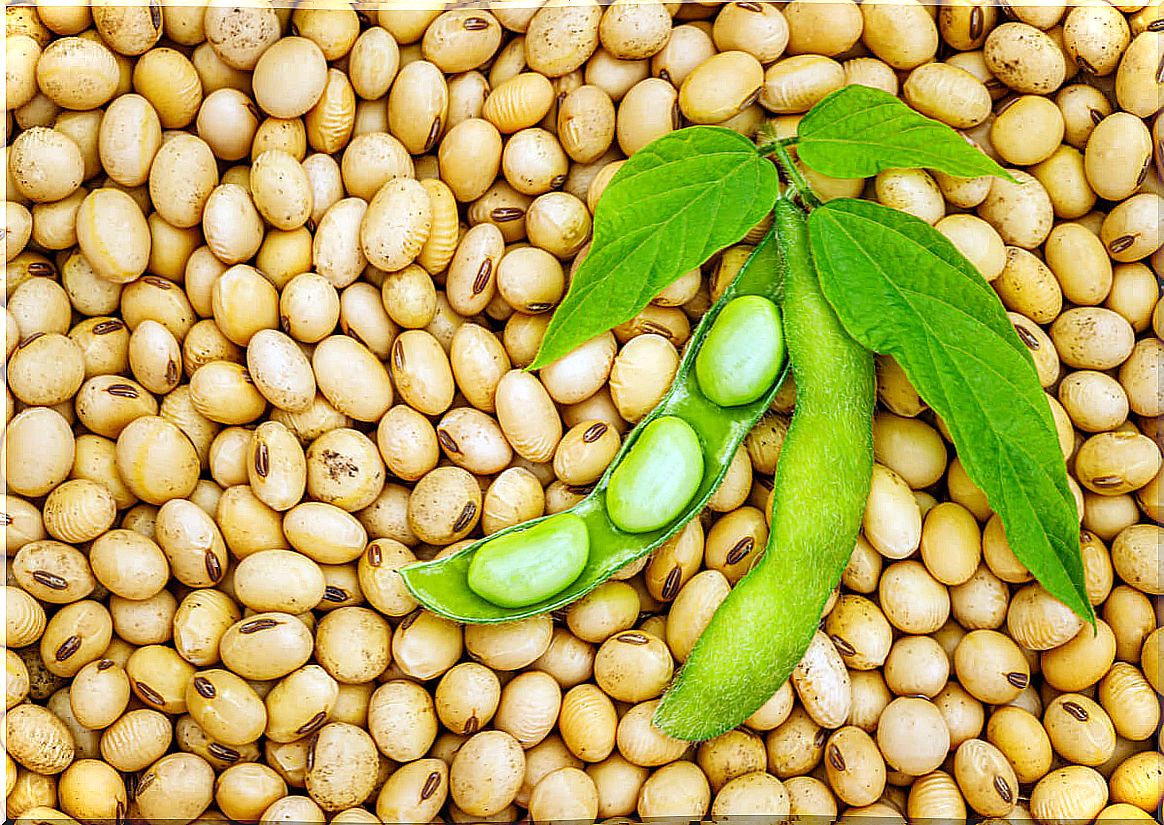
What are the benefits of consuming it?
Vegetable proteins offer a number of nutritional components that are recommended in healthy diets.
- They are accompanied by dietary fiber: a high consumption of soluble and insoluble fiber reduces diabetes mellitus, overweight and the risk of cardiovascular diseases.
- They provide complex vitamins B, C and A : thiamine, riboflavin, niacin and pyridoxine help to improve metabolic processes. Vitamin C and A act as antioxidants that strengthen the immune system.
- Antioxidant effect: carotenoid pigments, lycopene, anthocyanins and polyphenols are free radical scavengers that oxidize the cell membrane. They are associated with anti-aging and anti-cancer effect.
- Source of active biopeptides : plant proteins can be reduced to functional peptides with antihypertensive, vasoregulatory, anti-inflammatory and antithrombotic properties, among others.
What are the risks associated with consuming vegetable protein?
Vegetables have certain nutritional limitations that must be taken care of during feeding to prevent possible deficiencies. What to keep in mind?
- Presence of antinutritional factors : antinutritional factors can trap proteins and minerals such as zinc, calcium, iron, phosphorus and magnesium, limiting their digestibility and utilization.
- Iron-deficient diets : the iron in vegetables is trapped with fiber and phytic acid, so it is only absorbed between 1% and 15%. Due to this, it can cause deficiencies in vegan diets if the intake is not adjusted.
- Diets deficient in B12: vegetables are characterized by being a very low source of vitamin B12. This must be supplemented in strictly vegetarian diets.
The clear differences between the quality of animal and vegetable protein promote the healthy combination of these two types of foods. The complementarity of the limiting amino acids of both proteins is recommended to maximize their protein efficiency.
For example, a good option would be to combine cheese with pasta or milk with cereal for breakfast. The search for a balance between excess or deficient nutrients in foods that are protein sources will allow positive effects on health.
